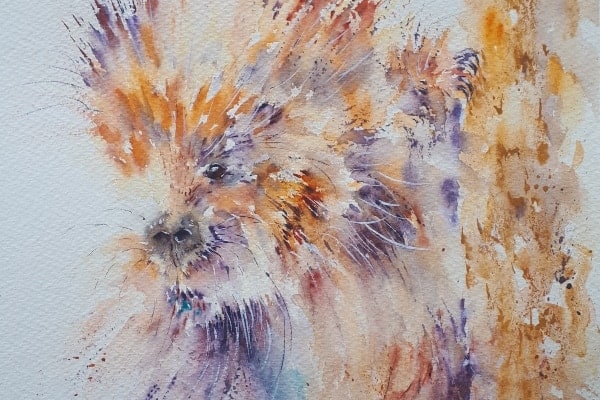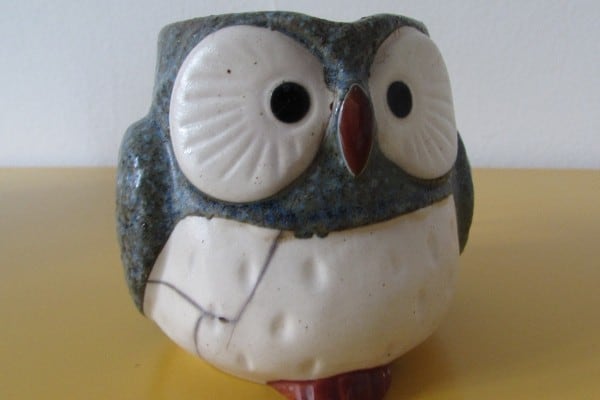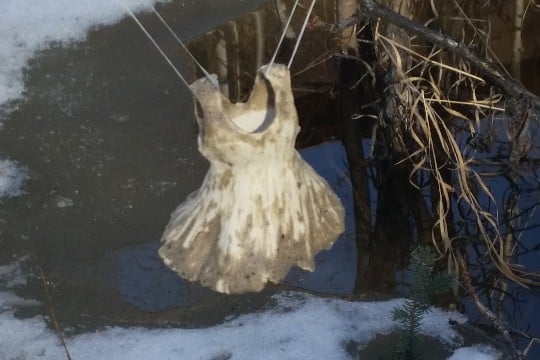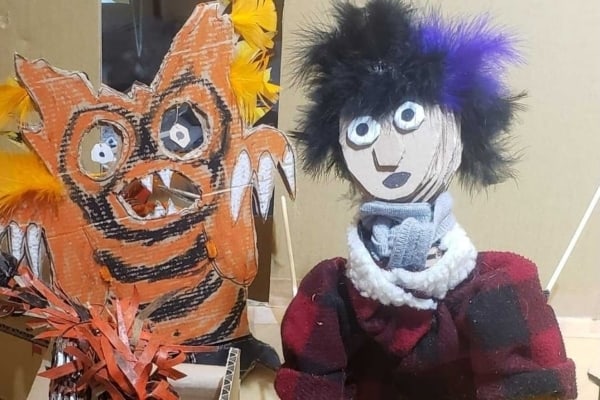Marilyn Wolovick brings two coffees to her husband’s studio. The cups are comfortable to hold, lovely to look at and each slightly different.
Her husband, Rich Claxton, is a potter and he made those cups and, he confirms, “Dinnerware in our cupboards are all different.”
Wolovick returns with a plate of the most delicious treats and they are arranged with two ripe strawberries in just such a way that is as artful as the plate they rest on.
“I’m interested in doing something different every time,” Claxton explains, saying he has never been a “production potter”.
“I like to think of myself as an artist.”
Indeed, it was an interest in painting that led him to take a fine-arts program. But, “I got seduced by clay.
“It remembers everything, every little touch, it stays there.
“Then there is the magical transformation in the kiln.”
The spinning on the potter’s wheel leaves marks, a human touch leaves marks, just as a stone tossed by the surf leaves marks on the beach.
The different results of the human touch are the art. But it is more complicated than even that:
Pieces never look the same once they come out of the kiln. Even masters in the art of pottery estimate that one in 25 is successful.
“It is a matter of selection,” says Claxton.
Working from an artist co-op in Winnipeg, he says he once saw a potential customer line up cups on a table and then peer at them from a squat to see if they were perfect.
Claxton shakes his head, but he is not upset.
He even respectfully declines to limit himself to pottery that is practical.
Much of his art, like our cups and plate, is useful. Tall tumblers (for lack of a better word) are oversized so that fingers can grip the top where it is cooler to touch.
But his “tea bowls”, admittedly, are not useful – “Unless you are having a Japanese tea ceremony” – as they are too difficult to handle to drink from and too small for cereal.
“They are not practical,” he says. “They are nice to look at … I hope that is enough.”
Would he be upset to visit someone’s home and see it used for a floral arrangement? “No, some people might try to find a practical use for it to satisfy that need people have.”
As an artist, Claxton does not have a lot of preconceived ideas about art. He does not have an interpretation of a piece and therefore will not be disappointed if someone doesn’t “get it”. And, inherent in the life of a potter, he isn’t always certain of what will come out of the kiln.
“It’s like fishing: you cast your line, but you can’t see beneath the surface of the water; you can’t see what you are going to catch.
“Not every piece is …” (he splays his finger as if beholding something wonderful as his eyes widen to take it in … yet he doesn’t find the word he is looking for).
But his pottery is handmade and that “feels nourishing” to him: “There is something there I find really satisfying,” he says. “It is not something I can put my finger on.”
From his impossibly clean and bright studio in the basement of his home, Claxton is working hard to be ready for his solo show at Yukon Artists @ Work Art Gallery and Gift Shop. Its formal opening is Sept. 5 from 5 to 8 p.m. and it runs to Sept. 30.
He calls it “Gathering to Centre: Reflections on a Journey to Japan”. He explains that it is a concept from Aikido that shows how an attack can be used against itself by removing one’s own centre from the force.
“You change yourself, and that changes the reality,” he says. “I gather the clay to the centre …”
… and it becomes something different. And different is good.




